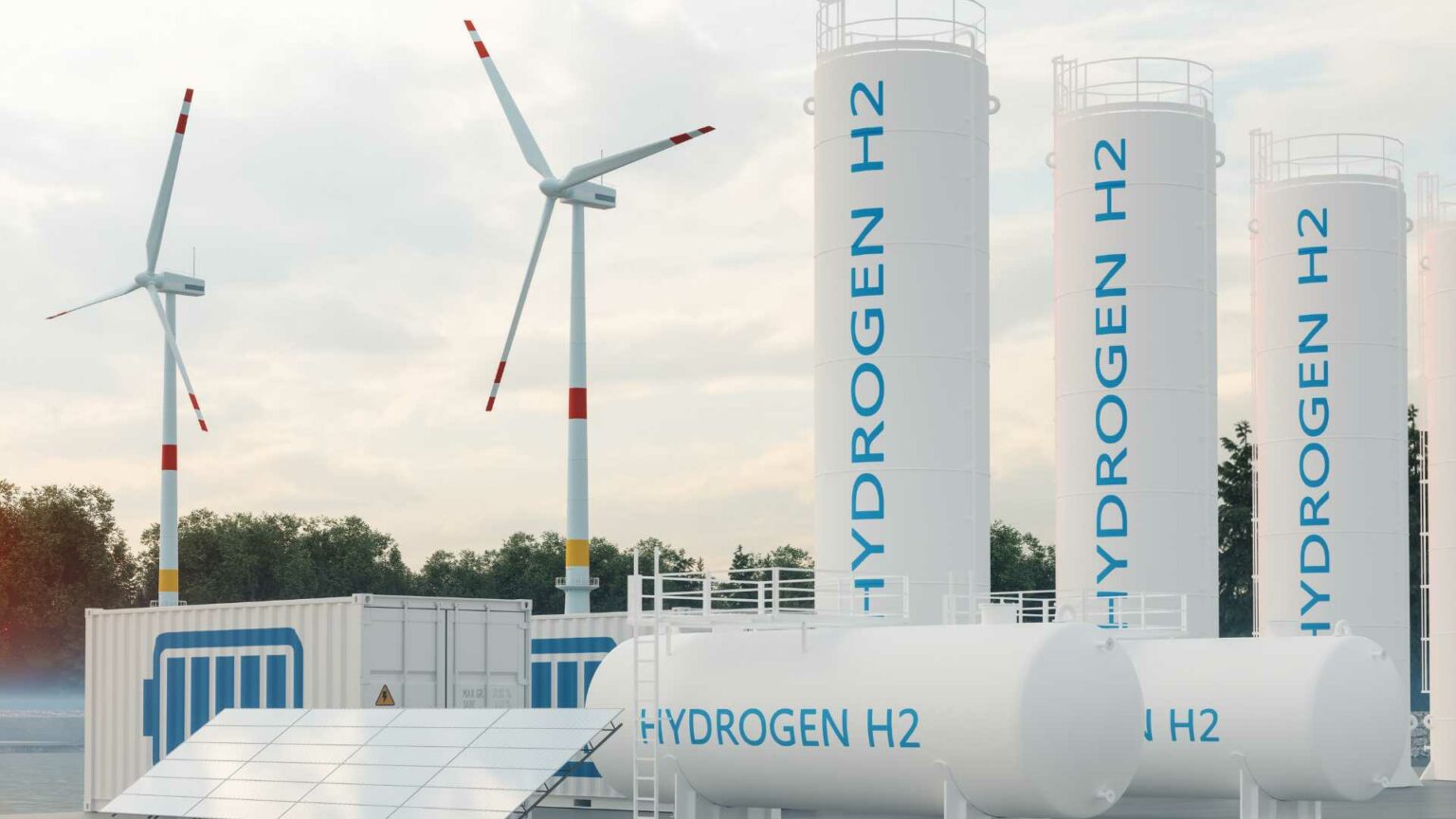In Emden, Lower Saxony, EWE AG plans to build one of Europe’s largest hydrogen production plants by 2027. The consultancy firm Drees & Sommer SE, which specializes in infrastructure, construction, and real estate, has been entrusted with managing this extensive project.
The hydrogen production setup in Emden is part of four sub-projects under the EWE’s Clean Hydrogen Coastline initiative. The planned 320-megawatt electrolysis plant aims to produce up to 26,000 tons of green hydrogen annually for various industrial uses, primarily for the steel industry. The green hydrogen produced in Emden will predominantly utilize wind energy.
Project Management and Hydrogen Expertise
The Stuttgart-based consulting company has been tasked with project management, approval management, and engineering management. Additionally, Drees & Sommer has taken on the tendering and awarding of the electrolyzer, the plant’s core component.
“All trades need to be scaled, and many interfaces must be cleanly organized for smooth implementation,” said Alexander Stubinitzky, Head of the Hydrogen and SynFuels division at Drees & Sommer. The primary focus is on project management to ensure the project stays within budget, on time, and meets quality standards.
EWE Hydrogen Project Clean Hydrogen Coastline (CHC)
Besides the Emden project, EWE AG also plans to construct a 50 MW electrolysis plant in Bremen, which will be realized by Bremen’s municipal utility, a fully owned subsidiary of EWE AG.
Both projects are part of EWE’s extensive hydrogen initiative, Clean Hydrogen Coastline (CHC), covering green hydrogen generation, transportation, storage, and application. In February 2021, EWE applied for funding under the European IPCEI program (Important Project of Common European Interest) with the CHC project and received approval. EWE received 500 million euros in funding in mid-July this year, comprising 350 million euros from federal funds and 150 million euros from state funds. The total investment volume exceeds 800 million euros.
The project includes the establishment of system-serving generation facilities in Emden and Bremen, the conversion of a natural gas cavern in Huntorf for hydrogen storage, the construction and modification of several pipeline sections, and the cross-sector industrial-scale use of green hydrogen, such as in the steel industry.
